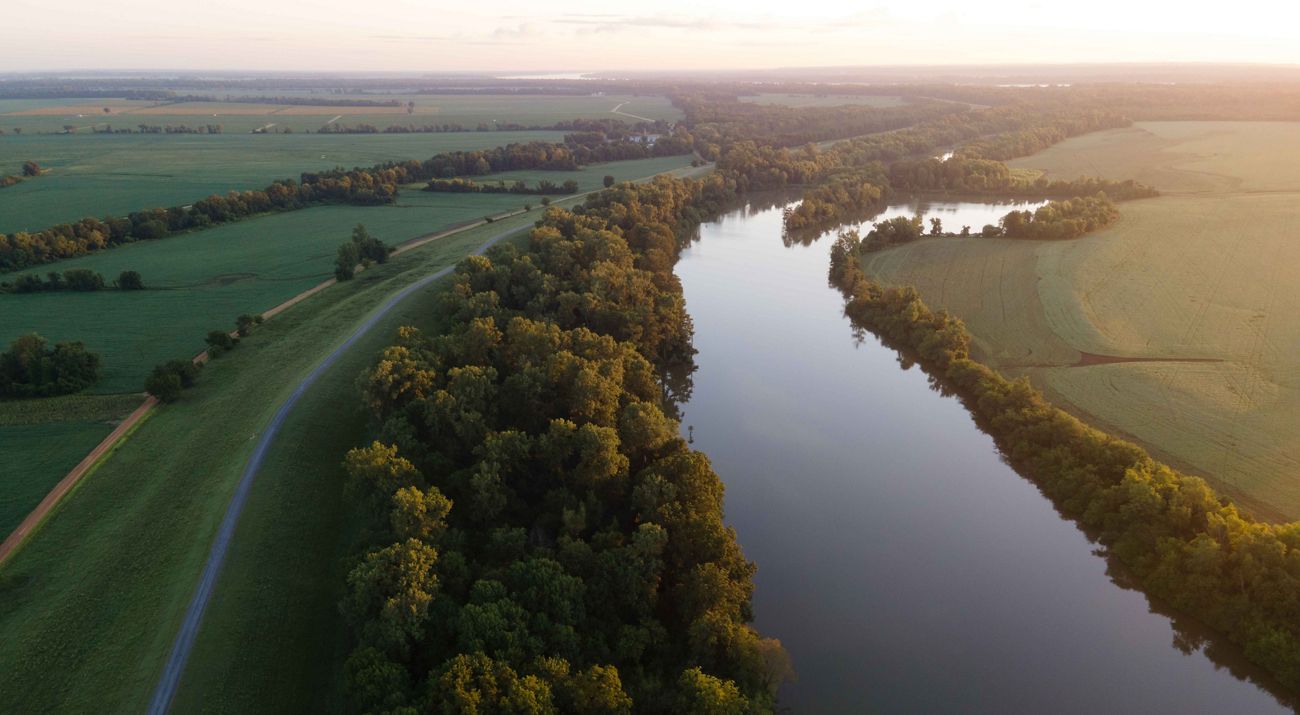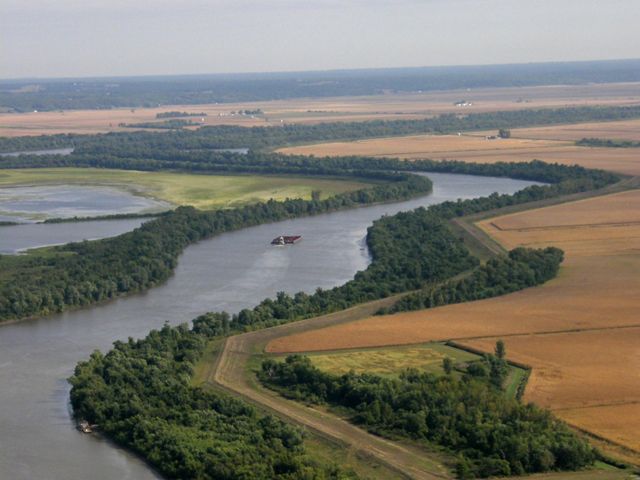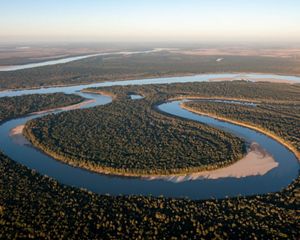Floodplains and Farms
Nature benefits working lands and wildlife in West Tennessee.
As it travels through our nation’s heartland, the Mississippi River is the lifeblood of West Tennessee. It is in good company with the Hatchie, Obion, Wolf and other rivers, streams and wetlands that shape this part of the state, supporting more than 100 species of fish and a variety of freshwater mussels, amphibians and reptiles.
In contrast to more rugged and mountainous areas of Tennessee, this is a landscape historically dominated by freshwater and thirsty bottomland forest. Depending on the weather and time of year, its waterways used to spread out into surrounding floodplains to create or replenish life-giving wetlands that attract more than half of the bird species migrating across the continental United States each year.
Over time, West Tennessee has also become a landscape fueled by farms, established at the turn of the century as a hub for corn, cotton, wheat and soybeans. Little by little, wetlands were drained, bottomland forests were cleared and rivers were altered to provide food and other products to a growing nation.
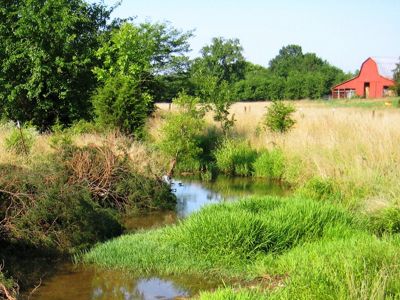
Follow the Water
Changing how water moves across the landscape to accommodate what has become one of the state’s leading industries has taken a toll on West Tennessee’s ecological health and contributes to degraded water quality, increased flooding and diminished wildlife habitat. This occurs all the way down to the Gulf where a dead zone—a large area of low oxygen nearly devoid of life—has become a new normal as a result of excess nutrients received from places upstream.
Before these changes, forests, seasonal grasses and other vegetation characterizing this river floodplain captured and stored water. Now the water has free reign to swiftly carry sediments and other nutrients from the land and into local waterways, eroding river and stream banks along the way.
Ultimately, the region’s farms will only be as viable as the waters and soils that make them productive and profitable. The Nature Conservancy is working with the agricultural industry, landowners and floodplain scientists to find solutions that will secure the health of waters, wildlife and working farms across West Tennessee.
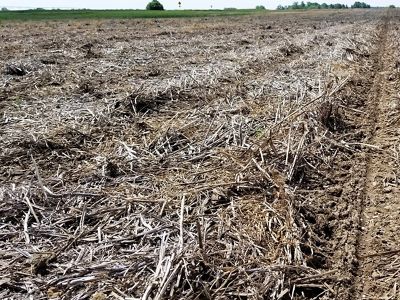
Nature is a Solution
As part of a multi-state effort, TNC is working in West Tennessee to control sediments and nutrients flowing into local waterways, including the Mississippi River, to improve water quality, wildlife habitat and recreational opportunities while reducing size of the Gulf’s dead zone. Where there is interest, this involves working with local farmers and the agricultural industry to identify priorities for restoring floodplain habitat—usually places that are already frequently flooded—and developing management practices that keep healthy soils and nutrients on the land, rather than in local waterways.
Current priorities include:
- Employing a version of TNC’s floodplain prioritization tool tailored to West Tennessee’s unique geography, opportunities and challenges to identify areas where restoring and reconnecting wetlands, bottomland forests, and naturally flowing streams and rivers would benefit wildlife and water quality, and prevent flooding.
- Working with the Natural Resources Conservation Service to enroll 2,500 acres, over three years, into the Wetland Reserve Enhancement Program (WREP), where selected landowners are compensated for securing a conservation easement on land that is retired from production and restored to bottomland hardwood forest.
- Spearheading and supporting farm level demonstration projects that show real world feasibility as well as financial and environmental benefits of agricultural conservation practices.
- Working with partners in the agricultural industry to encourage adoption of precision farming and other practices that increase the efficiency of fertilizer application, save farmers money and reduce the amount of nutrients entering local waterways.
- Working to develop novel strategies to increase nature-friendly practices at field borders (such as buffer strips) that reduce erosion, store carbon, capture nutrients and provide wildlife habitat.
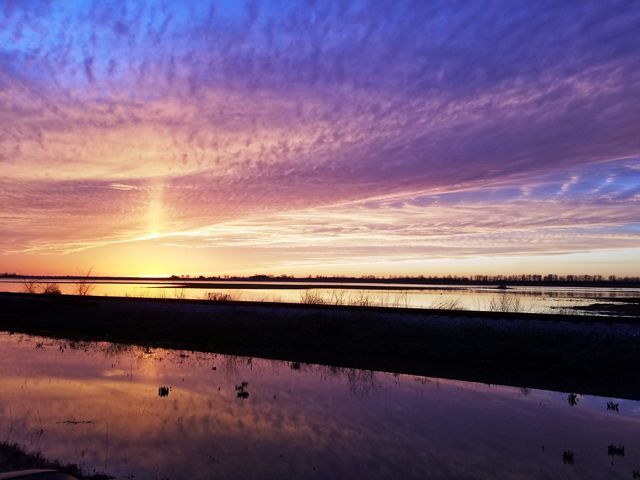
Benefits of Healthy Floodplains
- Naturally filter pollutants like excessive nitrogen and phosphorus.
- Reduce flooding in communities and on agricultural lands.
- Improve habitat for wildlife.
- Enhance recreational and tourism opportunities.
- Recharge aquifers critical for many communities and crops.
Quote: Holt Shoaf
Cover crop practices will only succeed if they prove to be profitable while also benefiting nature. It’s possible. We can’t forget that saving the land means that we get to keep farming it forever.
Flowing Forward
Since the turn of the century, our nation has achieved engineering advancements that have succeeded in fueling the economy and connecting people around the country. Not to be forgotten, nature’s infrastructure remains just as impressive. Fortunately, we don’t have to choose one over another, especially when it comes to farms and floodplains. The Mississippi River watershed, and TNC’s work in West Tennessee, serves as an example of where we can combine human ingenuity with natural solutions to fundamentally adjust our course for the better.
Support Tennessee Nature
Help us work with landowners and ensure a future in which people and nature can thrive.
